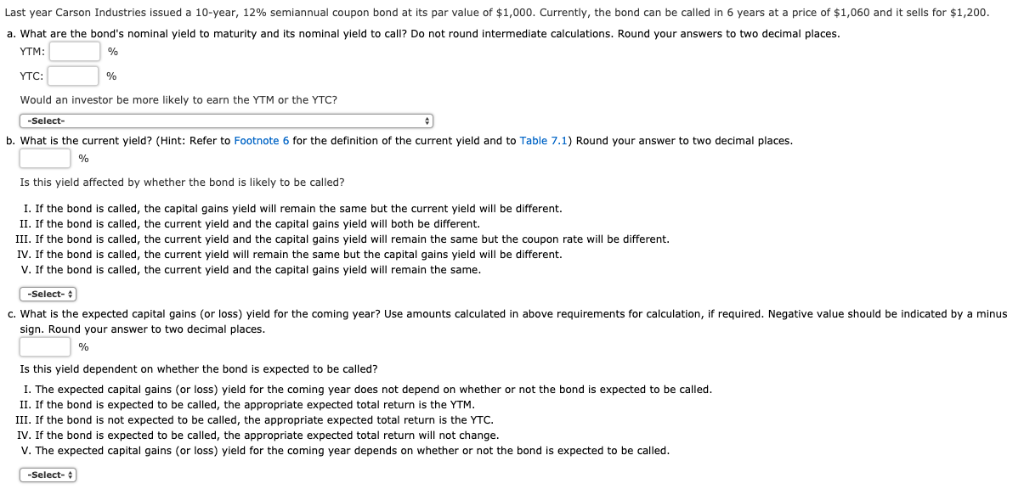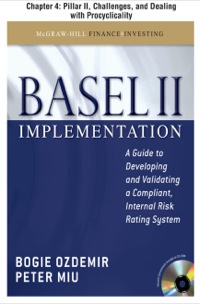Answered step by step
Verified Expert Solution
Question
1 Approved Answer
Last year Carson Industries issued a 10-year, 12% semiannual coupon bond at its par value of $1,000. Currently, the bond can be called in 6
 Last year Carson Industries issued a 10-year, 12% semiannual coupon bond at its par value of $1,000. Currently, the bond can be called in 6 years at a price of $1,060 and it sells for $1,200.
Last year Carson Industries issued a 10-year, 12% semiannual coupon bond at its par value of $1,000. Currently, the bond can be called in 6 years at a price of $1,060 and it sells for $1,200.
Step by Step Solution
There are 3 Steps involved in it
Step: 1

Get Instant Access to Expert-Tailored Solutions
See step-by-step solutions with expert insights and AI powered tools for academic success
Step: 2

Step: 3

Ace Your Homework with AI
Get the answers you need in no time with our AI-driven, step-by-step assistance
Get Started


